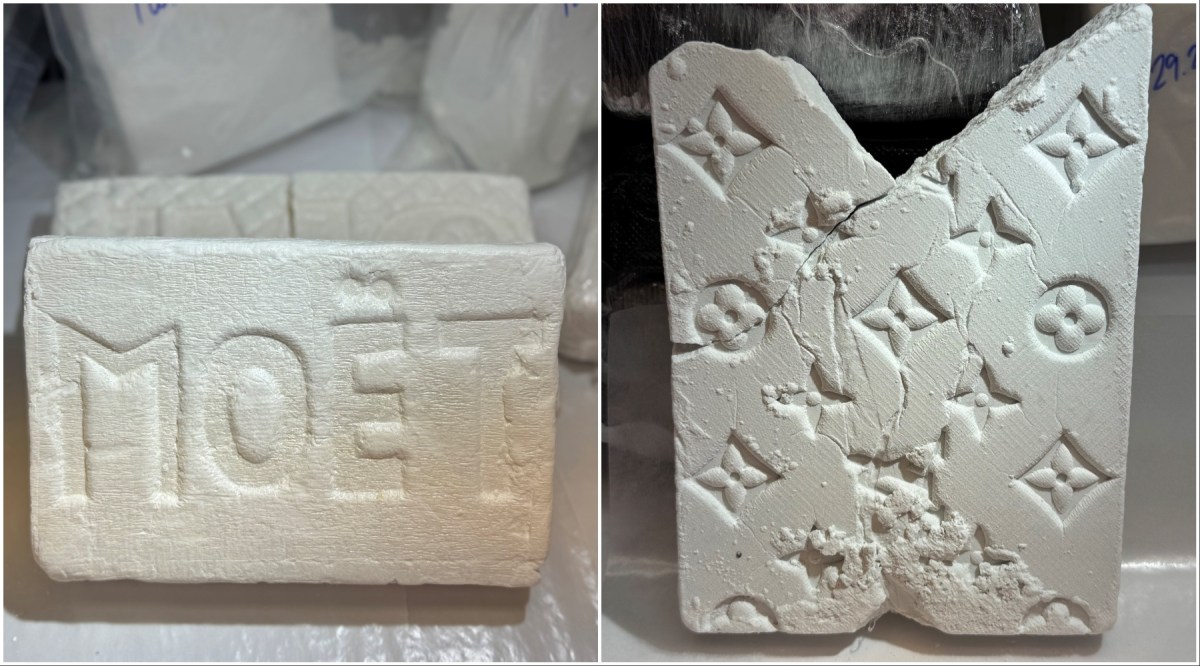By Davida Singer
There are over 35,000 named species of spiders worldwide – although only 500 are dangerous to humans – and spider silk is the strongest natural fiber, about five times that of steel.
Surprised? So was playwright, Kelly Stuart. But it was the researching arachnidan facts like these, plus a love of Balzac that led to her latest work, “The Life of Spiders”, a black comedy presented by the Holderness Theater Company, and running through mid-April.
The project began in 1997 when Stuart was living in L.A., reading Balzac, and had her house invaded by black widow spiders because she’d disturbed a nest in the yard.
“They’d be hanging in my bedroom, and I even got stung by one,” the writer remembers. “They’re beautiful and creepy, but I saw so many, I had to deal with them. I started doing research, became fascinated and overcame my fear. It all meshed with Balzac, and the way he felt about life. It was similar to modern life in Hollywood and New York – the ambition, the hustling and lying- coming to the big city to make it. So much of Balzac is about putting up a false front, and he writes a lot about credit.”
That subject also struck a chord with Stuart, now 43 and teaching at Columbia. She’s been living an artist’s life since she was 19, first as a student at the Padua Festival, then as “a little theater waif” who ran lights in a Hollywood theater for room and board. She soon hooked up with a drama group, and saw her first play produced in 1986. There have been a dozen more since, including “Demonology” at the Mark Taper Forum.
In the early 90’s, Stuart joined New Dramatists, and four years ago made a full-time move to New York.
“My themes are obsession and desire,” she says. “My characters are usually obsessed by something, and then there are the effects of money and work. One of Balzac’s books is a fairy tale with a Faustian bargain about skin. This play was inspired by it. There are things I’ve taken, but it’s a whole other story.
In “The Life of Spiders,” a young man comes to 1830’s Paris with his collection of spiders, and tries to extract silk in order to make his fortune. But it’s tough going, until he makes his own Faustian bargain. He meets a woman and ruins himself for her, for love.”
“The Life of Spiders” includes an intriguing set by David Szlasa, composed of a white silk trapeze – Cirque de Soleil style – which can open like drapery and transform itself, so that characters appear “entrenched in silk”.
Then there are lines like this, “Silk is a manifestation of the spider’s will. In the web itself, you see all of the spider’s thoughts.” For added flavor, there’s period music and costumes, and a special bonus – Louise Bourgeois’ donation of one of her spider and snake prints, to be auctioned off at the National Arts Club on April 7th from 6-8 p.m.
According to Stuart, the show is greatly enhanced by Rebecca Holderness’ “very physical” direction, and her main challenge, as a writer has been to help move the play from the page and find physical language for it.
Why does she feel “The Life of Spiders” is especially relevant now?
“It’s about how we’re so much living on appearance,” Stuart answers. “In our society, it’s more important than anything until the bill comes due. The play deals with what happens when you lie about who you are and what you can really do. And I hope people take away a question about the nature of love and desire.
I’m looking at how they’re separate forces inside us that we have no control over. There’s also a gay connection in the play. The lead character, Lucien, is bi-sexual, and there’s an older character that desires him. It’s straight out of Balzac – the subtext in much of his work is bi-sexual. Because the play is about desire, everyone desires everyone here.”



































